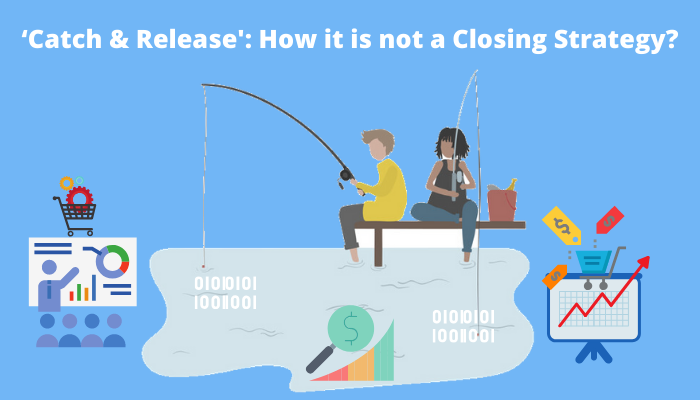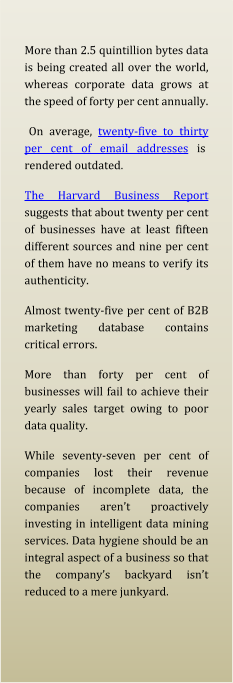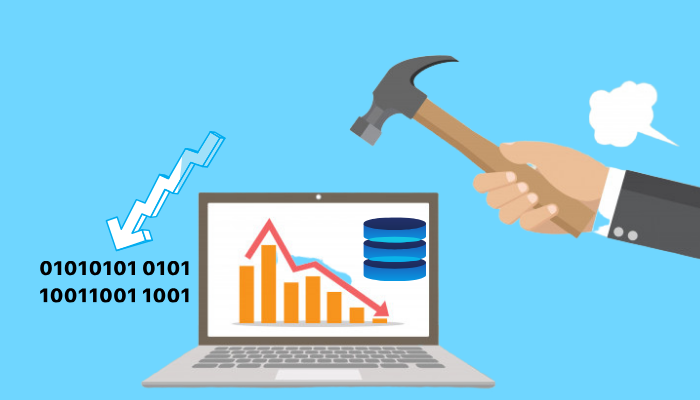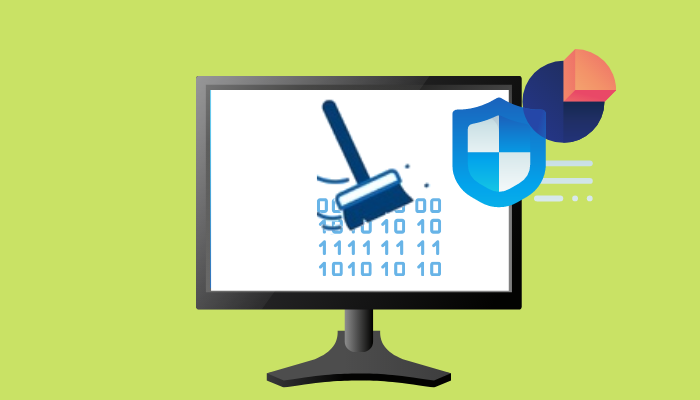Landing a new customer isn’t easy. It is similar to tread onto the unchartered territory of the sea and landing a big catch. Check it out!
" title="YouTube video player" frameborder="0" allow="accelerometer; autoplay; clipboard-write; encrypted-media; gyroscope; picture-in-picture; web-share" referrerpolicy="strict-origin-when-cross-origin" allowfullscreen>

B2B sales is a lot like fishing. Often glorified as hunters, salespeople have their inside jokes and conversation to describe their situation of finding out a needle in the haystack. From “There is plenty of fish in the sea” to “Use the right bait” and “Catch and Release” – one can find countless analogies that draw a parallel with the world of fishermen that brings some fun to their dreary world as well as describe the challenges of leading a sales life.
Landing a new customer isn’t easy. It is similar to tread onto the unchartered territory of the sea and landing a big catch. But more often than not, it is the ‘catch and release’-the bane of the existence of a salesperson’s life.
What is the ‘catch and release’?
Recreational fishing or conservation of fish is often termed as a catch and release. Often when professional fishermen don’t find fish good enough to eat, too small or too big for use, they drop it back in the water body. However, it is as far as it could be from being a pastime. It leaves the fish severely stressed that it dies of shock. The hook is often ripped out of the fish’s throat, rendering severe damage to its guts and throat. The protective sheath of the fish’s body is also ruptured. You get the drift, right? The entire cycle is disrupted.
Similarly, a salesperson, after making all the efforts on the B2B leads might realise it not to be worth pursuing. But until then, time and efforts are consumed. You have spent your resources on pursuing a lead that isn’t ‘capable’ to give you any business. You just need to drop them back the moment you realise the futility of this exercise- without, of course, hurting them. Because don’t burn bridges, remember?
When a salesperson pursues an impractical lead (no lead/contact is useless, but not worth for a particular time or work you have been doing), the time, which should be spent on pursuing a quality lead, is wasted. However, your fellow salespeople who have been following it from day one, get to grab this opportunity by the horns. The catch and release is a ‘lose-lose’ for you because it is a catch-22 as well!
Also Read: 5-Surefire Methods to Boost B2B Leads and sales
How?
As a salesperson, you can’t just escape from a situation. Amidst the meetings and relentless pursuing, you realise that the person is not authorised to make a decision. You can’t disappear. You need to have a proper exit strategy planned to bid your farewell in a manner that you could reach out next time if the need arises.
If this is a recurring pattern with your salesperson, your data ecosystem needs to be blamed. Your salespeople are pursuing leads from the database that is chaotic and disorganised. The disparate database never leads to useful insights or business decision-making. Businesses are launching products that nobody needs or opening a store where they can’t find customers. Without the ability to read the room correctly, they are trying to address the elephant in the room.
In the absence of organised, structured and quality data, businesses can’t find winning solutions. Data is pivotal. It might not be the big picture you are focusing on right now, but it is the palette, which decides how the big picture you are envisioning will look like.
How do businesses get data?
 Data is precious. It is both the problem and answer for business. It is the necessary evil you can’t do without. A business, online or offline runs on data. Data is the flow of information. Everything that you interact with becomes data. Data is created when you take a cab, when you give your information at the cash counter for an exclusive discount, when you pay via debit or credit card at a mall, or post a picture of your outing on social media. Your information is stored in data storage centres securely.
Data is precious. It is both the problem and answer for business. It is the necessary evil you can’t do without. A business, online or offline runs on data. Data is the flow of information. Everything that you interact with becomes data. Data is created when you take a cab, when you give your information at the cash counter for an exclusive discount, when you pay via debit or credit card at a mall, or post a picture of your outing on social media. Your information is stored in data storage centres securely.
When you sign up for email marketing with a company, give your information on a landing page or subscribe to their newsletter, the data is routed to them. Besides, companies also hire data aggregator companies to buy data to reach out to more customers.
How does data go bad?
By the time the data makes it to your business, it becomes hard to tell the pristine data from the corrupt. It has gone through several hands and processes, getting tampered and unoriginal by the minute. Then, there are click farms that route fraudulent and falsified data into the data ecosystem. Businesses fail to understand that having bad data the only thing worse than having no data at all! If a company is making its decisions based on bad data, it is all downhill from there. The lousy data paints an even uglier picture.
Also Read: How Data Can Help Sales Force
It is when data mining services make a grand entry into the picture.
Gartner research shows that bad data costs businesses more than thirty per cent of the revenue apart from costing opportunities and reputation. For startups, bootstrapped businesses, supply networks and data analytics, losses from sparse data translate into terrible cash leaks, and bad decisions impacting all verticals. The data leaks increase with a company’s growth. While negligible at first ($18,000 per month for pre-seed startups), the hidden cost go up to more than $900,000 for semi-startups.
If your salespeople are relying on old data, which is sourced illegitimately or via non-transparent methods, you can’t expect them to turn to bring quality B2B leads aboard.
And the fact is while you can certainly don’t do anything about people and processes tampering your data, you can undoubtedly use data appending and scrubbing to ensure the timely sanitisation of data.
In real-life, salespeople don’t work in a best-case scenario. The challenges are murkier like the deep sea they are fishing in. It is why they need to follow the right methodology and have rich knowledge of the domain they are entering into. Good salespeople aren’t about hard work. It is about smart work. You don’t catch good leads; you fish for them with meticulous planning and right bait!
For salespeople, the right bait begins with the identification of right lead, location and methodology. Based on this, they can cast their net or in simpler words, choose the best way to approach them. It could be email marketing, a phone call or an F-2-F meeting.
Like a fisherman can’t cast in an empty water body, a salesperson can’t expect to do much with bad data.
Data solutions such as data appending and data scrubbing cleanse the data inside-out. The data is filed, labelled, and maintained following your business’ need!
What happens when the data is bad?
When your salespeople realise the impact of bad data, they waste their time correcting it. However, the silos within departments make it a continuous process, and it becomes imperative that the leaks are sealed.
Marketing team bases its campaigns on an incorrect target segment, resulting in tarnished sender reputation, blacklisted email IP and spamming.
Sales People targets inferior quality leads.
Product team thrives on poor technical insights, doesn’t understand the demand and expectations of the market and thereby, launching a product that the market could do without.
The impact of not closing a sale or releasing the lead based on bad data isn’t pretty straightforward. It is a closed-loop. Each department has to deal with the consequences of data leaks. If your salespeople are lingering in this dangerous sales zone of catch and release, it is time for your business to hire a data mining service provider now to eliminate the root cause of bad data making inroads into your business.
The state of good data isn’t a destination. It is an ongoing journey that a business has to take proactively to stay ahead of the curve. As long as there are people and processes involved in either side of businesses, there is always a scope of the margin of error. So, if you are serious about quality B2B lead generation, you need to get serious about B2B data mining services as well.
What are data mining services all about?
Data mining services ensure hygiene and cleansing of the data your business is thriving on. There are six phases of standard data mining process prevalent across the industries:
♦ Understanding of a business: It is significant to understand a business, its nature and objective to figure out the data it requires or retains. Sitting on a pile of data doesn’t help. It is the quality of the information that can transform your business.
♦ Data Evaluation: More often than not, data is sourced through several channels. Customers deliberately provide incorrect information, or sometimes, there is a typo from a salesperson’s end. All in all, mistakes are bound to happen. A data mining company assesses the quality of data your business is relying on in accordance with your business’ need.
♦ Data Scrubbing: The information is cleansed, sanitised and flagged with relevant labels such as incorrect, invalid, catch-all and so on.
♦ Data Appending: The scrubbed data is updated with relevant information and insights so that your sales and marketing team can make the most of their efforts and not waste time pursuing lake trout! (The Wire, HBO).
♦ Checklist: Data cleansing is an ongoing process. However, data hygiene can’t be practised if the teams and process aren’t enthusiastic about it. This is why a data mining service company not only ensures that the loopholes are addressed but also creates several checkpoints to retain the data quality and optimise the inflow of the data as per the directives.
♦ Training: Your team members get comprehensive training and are assigned to overlook the quality of data entering the system. Each checkpoint has a supervisor responsible for maintaining the filing of the data as per the established parameters. Since businesses are data-driven, communication between the teams is encouraged to flag any discrepancy before it is too late.
Why should you embrace data mining services NOW?
According to George Labovitz and Yu Sang Chang’s 1-10-100 rule, it costs only $1 if businesses to adopt data appending or scrubbing proactively. Once the data has entered the system and mixed with the processes, it might cost them $10, and if they choose to do nothing, it may result in losses worth $100.
This is why you would like to be on the right side of data and base your insights on standardised and verified information. Take the guesswork and noise out of generating B2B leads and cut the clutter with proven data mining techniques! Go fishing in the sea of the right audience!











